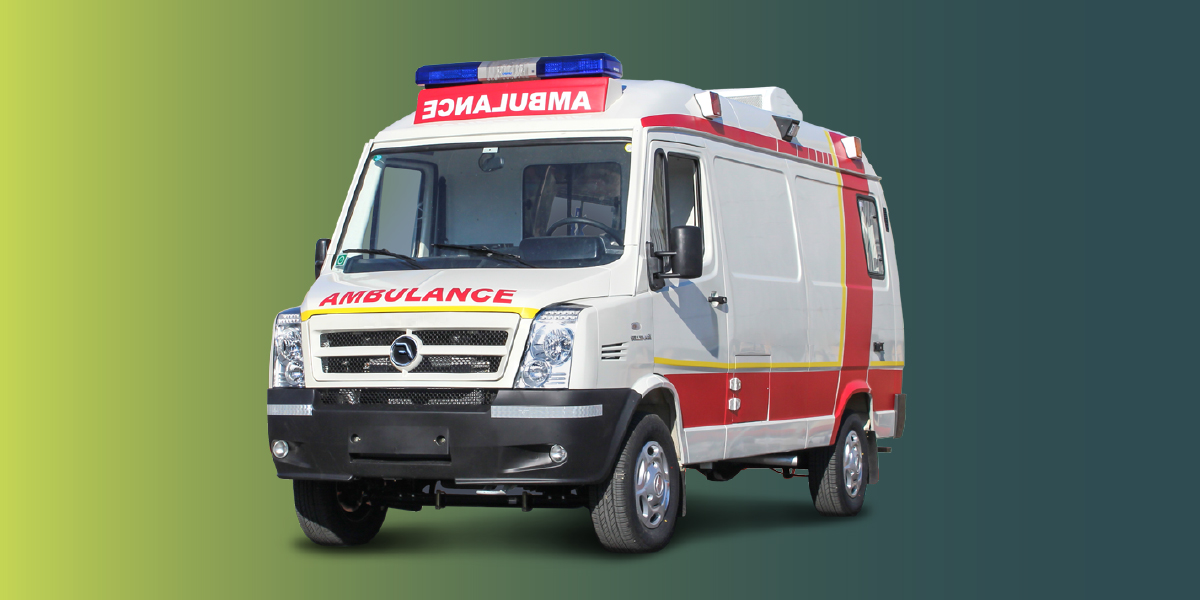
Stay on Track: Medical Device Checklists for Continuity of Treatment
The medical transportation service used for non-emergency purposes is the non-emergency ambulance. It plays an important part in senior care. Non-emergency ambulances guarantee comfortable and safe transportation.
Especially seniors who are critically ill benefit from non-emergency ambulances as they offer continuous monitoring and treatment while travelling. The uses of non-emergency ambulance services include shifting seniors from hospital to home, or vice-versa, travel long or short distances with maximum comfort, safety, and constant medical assistance.
An ambulance must be well-equipped to handle the medical needs of the seniors. Ensuring a safe and comfortable travel while keeping the seniors’ health in mind is the primary aim of Ambulance On Call. The main purpose of non-emergency ambulances is to extend medical support to seniors on-road. To fulfil this medical equipment are needed to constantly monitor the seniors’ health and initiate appropriate treatment when there is an unexpected change in their vitals or adverse symptoms are experienced. Our ambulances are fully equipped with appropriate medical equipment to support seniors at all times during transit.
This blog enlightens on the possible medical devices that may be required based on the seniors’ health condition to assess and continue treatment in non-emergency ambulances.
First aid boxAn ambulance bag or first-aid kit contains the basic supplies that a paramedic reaches for in an emergency. It may contain bandages, drips, syringes, and medicines like antiseptics, antibiotics, antipyretics, analgesics, and sedatives. This is the most important and basic medical kit required to provide immediate care for seniors.
SphygmomanometerBlood pressure plays an important role in the health checkup for seniors. A sphygmomanometer is a common medical equipment that measures the systolic and diastolic blood pressure and offers insights for seniors requiring medical assistance.
HeamoglucometerA glucometer is a device used to measure blood glucose levels. When seniors experience symptoms of low blood sugar levels immediate action is required to prevent complications. A glucometer helps in identifying such abnormalities and taking appropriate actions.
Insulin and Insulin syringesFor seniors with diabetes who are on insulin it is important to stock up on adequate doses of insulin, syringe and disposable needles. Insulin should be stored in a cool environment. Insulated cooler bags and reusable ice gel packs can be used to store the insulin safely.
Monitoring deviceMonitoring the seniors’ vitals like body temperature, oxygen levels, heart rate, and blood pressure is crucial. This helps closely monitor the senior while travelling and escalate actions when irregularities occur.
ECG monitor and defibrillatorWhile transporting seniors, monitoring their vital signs is essential. An ECG monitor ensures continuous surveillance as it tracks heart rate and rhythm. When alterations occur in these readings, the defibrillator helps stabilise irregular heart rhythms with controlled electric shocks. Both the ECG monitor and defibrillator are a dynamic duo in restoring heart functions and safeguarding seniors during transit.
Transport ventilatorsWe provide ventilators for seniors who are unable to breathe independently. Equipping non-emergency ambulances with ventilators enables consistent breathing support during transportation.
Infusion syringe pumpInfusion syringe pumps are medical equipment that is used to deliver fluids, medicines, and nutrients at a controlled rate. They can either withdraw or infuse fluids at a set volume and flow rate.
Oxygen supply unitsWhen transporting seniors who are critically ill there are high chances of them suffering from breathlessness or respiratory failure. Portable oxygen cylinders are always present in our non-emergency ambulances to support seniors in such critical situations.
NebulizerA nebulizer is used to deliver dosages of therapeutic drugs through inhalation. It transforms liquid medicines to mist to facilitate immediate relief and offers rapid comfort en route to the destination.
Wrapping upThe benefits of non-emergency ambulances include continuous access to critical medical equipment, monitoring of vitals, better safety, and timely transfer to the desired destination. Therefore, it is important to get the ambulance prepared to address seniors’ needs. Understanding the seniors’ medical history prior and equipping the vehicle with essential medical devices map the way to a safe journey. In our non-emergency ambulances, our care team ensures to equip the vehicle with essential medical devices based on the seniors’ health as a precautionary measure to aid seniors in case of emergencies. We ensure to offer seniors a hassle-free journey while continuing medical care and support. To learn more about us, visit our website Ambulance On Call.
Information: This blog is for informational purposes only and should not be considered as a substitute for any treatment or diagnosis. Seek professional help in case of any emergency. Athulya is not responsible for any consequences.

